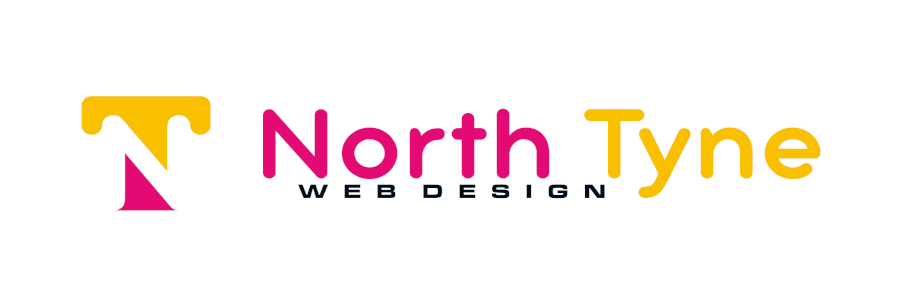In the digital age, where visual appeal plays a pivotal role in capturing and retaining audience attention, mastering the art of good graphic design for your website is paramount. A well-designed website not only enhances user experience but also conveys credibility and professionalism, ultimately driving engagement and conversions. In this guide, we delve into the fundamentals of effective graphic design and provide actionable tips to optimize your website’s visual aesthetics for SEO success.
Understanding the Importance of Graphic Design for Websites
- First Impressions Matter: Your website is often the first point of contact with potential customers. A visually striking design creates a positive first impression, encouraging visitors to explore further.
- Brand Identity: Consistent branding elements, such as colour schemes, typography, and imagery, reinforce your brand identity and foster brand recognition across various online channels.
- User Experience (UX): Intuitive navigation, clear messaging, and visually appealing layouts enhance UX, leading to increased engagement and lower bounce rates.
Key Elements of Good Graphic Design for Websites
- Typography: Choose fonts that are easy to read and align with your brand’s personality. Maintain consistency in font styles and sizes to create a cohesive look throughout your website.
- Colour Palette: Select a harmonious colour scheme that reflects your brand’s ethos and resonates with your target audience. Consider the psychological impact of colors and use them strategically to evoke desired emotions.
- Imagery: High-quality images and graphics not only enhance visual appeal but also convey your brand’s story effectively. Optimize images for web to ensure fast loading times without compromising quality.
- Whitespace: Utilize whitespace strategically to improve readability and draw attention to key elements on your website. A clutter-free layout enhances user focus and comprehension.
- Consistency: Maintain consistency in design elements, such as button styles, iconography, and spacing, across all pages of your website. Consistency fosters familiarity and instils trust in your audience.
SEO Optimization Strategies for Graphic Design
- Image Optimization: Optimize image file names, alt text, and descriptions with relevant keywords to improve visibility in search engine results. Compress images to reduce file sizes and enhance page loading speed.
- Responsive Design: Ensure your website is mobile-friendly and adapts seamlessly to various screen sizes. Responsive design not only enhances user experience but also boosts search engine rankings, as mobile-friendliness is a key ranking factor.
- Structured Data Markup: Implement structured data markup, such as Schema.org, to provide search engines with additional context about your website’s content. This can improve the likelihood of your site appearing in rich snippets and other enhanced search results.
- Page Speed Optimization: Minimize server response times, leverage browser caching, and utilize content delivery networks (CDNs) to improve page loading speed. Faster websites are favoured by search engines and tend to rank higher in search results.
- Optimized Metadata: Craft compelling meta titles and descriptions that accurately reflect the content of each web page. Incorporate relevant keywords to improve click-through rates and signal relevance to search engines.
Conclusion
In conclusion, the art of good graphic design is a multifaceted endeavour that goes beyond aesthetics. By incorporating design principles that prioritize user experience and brand consistency, coupled with SEO optimization strategies, you can create a visually captivating website that not only attracts visitors but also ranks well in search engine results. Remember, effective graphic design is an ongoing process that requires continuous refinement and adaptation to evolving trends and technologies. Embrace creativity, stay informed, and let your website design be a reflection of your brand’s uniqueness and value proposition.
